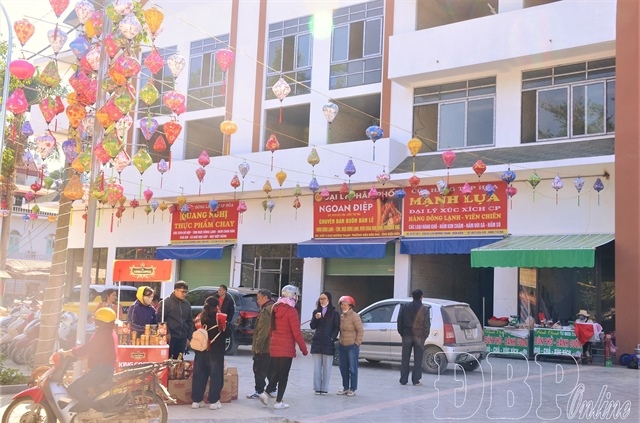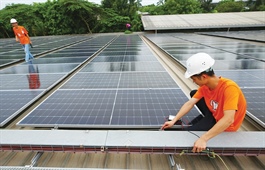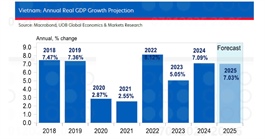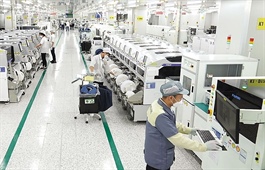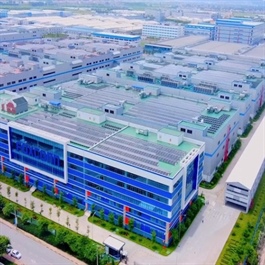Assessing growth drivers in 2025 through expert lenses
Assessing growth drivers in 2025 through expert lenses
Nguyen Dinh Cung, former director of the Central Institute for Economic Management (CIEM), talked with VIR's Khanh An about the factors driving economic growth in 2025.

Nguyen Dinh Cung, former director of CIEM. Photo: baodautu.vn |
The government has set a double-digit economic growth target in 2025. What do you think of this objective?
Vietnam has yet to experience double-digit growth in its development history, with its highest growth rate at 9.5 per cent secured in 1995. Achieving such high growth has become increasingly challenging, particularly in the post-pandemic environment.
The economic landscape has changed drastically since the global health crisis which broke out in 2020, and with consumers hesitant to resume pre-pandemic levels of spending and businesses still grappling with difficulties, it has become more challenging to foster growth and reach ambitious growth targets.
Achieving double-digit growth in the near future seems arduous. To reach double-digit growth, Vietnam needs not only a revival of entrepreneurial spirit and a strong work ethic, but also bold initiatives and a firm commitment to rapidly accelerating growth.
What do you think will be the key drivers of growth this year?
Industrial production, particularly in export-oriented sectors, will be the primary growth engine, while agriculture will ensure livelihoods but not significantly contribute to growth expansion. The services sector will continue to struggle with gaining momentum.
Vietnam’s export value in 2024 is expected to reach $400 billion, a 14.4 per cent increase on-year, but sustaining such growth is challenging, particularly with the need for cautious strategies to boost exports to the United States.
In this context, achieving 7-8 per cent growth will require stronger internal drivers, including a significant increase in public investment and improved administrative procedures for ongoing and new projects, alongside revitalised private sector investment through an enhanced investment environment and restored business confidence.
Local economies will play a crucial role in propelling Vietnam's growth in 2025, and if local communities can achieve double-digit growth, the benefits will extend nationwide.
How can competition among localities be encouraged?
Recent updates to the legislative framework for business and investment have helped streamline procedures, with further reviews planned to improve local-level implementation. The real shift will come from efforts to assess governance quality at grassroots level based on set benchmarks, and encourage officials to focus on making tangible outcomes and taking innovative actions.
I envision 2025 as a year of innovation for localities, with clear goals and greater autonomy allowing management authorities to flourish and address their unique challenges.
The domestic private sector will remain the primary engine of growth, and robust support from the government and local authorities is crucial to sustain this momentum, by fostering a dynamic, results-driven environment. In the long-haul, the domestic private sector would be serving as the largest growth driver, yet still mandating further support from the government.
Resolution 02 of 2025 presents key tasks and solutions to improve the local business environment and enhance national competitiveness. What are your expectations for this year’s resolution?
I look forward to seeing a comprehensive list of barriers and bottlenecks highlighted by companies and industry associations, and hope the PM will engage with relevant ministries to address these issues and communicate outcomes to businesses.
Immediate attention is needed to resolve delayed real estate projects stalled by legal complications, as this will help improve capital flow and shift the mindset of firms and investors, revitalising the sector.
We need tailored regulations to restore trust in both businesses and the workplace, and their implementation is crucial to rebuilding confidence and creating a more conducive environment for growth and investment. With these concerted efforts, 2025 can be a year of meaningful progress, unlocking new opportunities for businesses and driving the economy forward.


